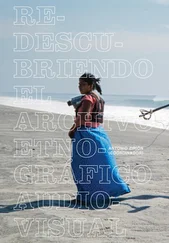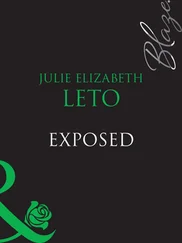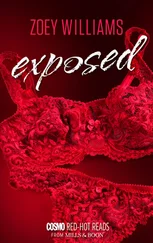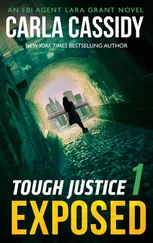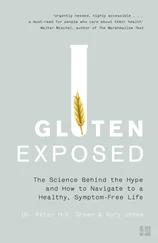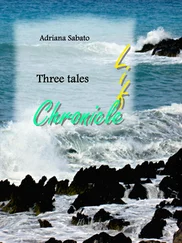The consequences of Chernobyl are an important example of what Ulrich Beck termed “manufactured uncertainties.” See Beck 1999.
This is a pseudonym. I refer to it throughout the book interchangeably as the “Radiation Research Center” and the “center.”
Literary critic George Steiner reminds us of the power of words in contexts of violence in which affect and perception are reduced to a code. During his purge in the late thirties, Steiner tells us, Russian writer Boris Pasternak was invited into an auditorium where he was scheduled to undergo a public interrogation in front of a large audience. Before his questioning began, the interrogator told him that he could say one word in his defense. Pasternak uttered the number twenty-five, when, in a most poignant act of defiance, the audience stood up and began to recite a Shakespearean sonnet, number twenty-five, one that Pasternak had translated into Russian. Lecture, Massachusetts Institute of Technology, Department of the Humanities, March 6, 1998.
The country’s current population growth rate is -0.83 percent. The population numbers 49,153,027.
This figure is based on an estimation made by historian Robert Conquest in his important but contested contribution to the history of the famine. See Conquest 1986.
Historians might argue that Pavlo Skoropadsky’s government was also at least semisovereign, as was Symon Petliura’s.
Main ethnic groups as registered by the country’s Ministry of Statistics include Ukrainians, Russians, Jews, and Armenians. Ukraine was the first country in the world to give up its nuclear arsenal. Rights of citizenship, religious expression, and speech were granted to all inhabitants, regardless of ethnic and religious affiliation. Police violence toward immigrant populations (particularly toward Africans and Muslims) in Kyiv was commonly reported in 1996.
Indeed, public social spending nearly doubled from 1990 to 1991, jumping from 25 percent to 44.1 percent of the gross domestic product.
According to Schnapper (1997), claims rights define the rights of citizens “to receive services from the state: the right to a job, material well-being, education, time off, etc.” In contrast to liberty rights, “these rights imply state intervention to benefit the individual” (202). For an excellent review of Soviet concepts of citizenship, see “Nationality in Soviet and Post-Soviet Ukraine,” in Wanner 1998.
The First Five-Year Plan called for a total collectivization of individual peasant farms in Ukraine as well as in Kazakhstan and parts of Russia. All grain produced by peasants was collected and sold to finance industrialization. Those who resisted such collections by hiding grain met certain death, often by gunshot. As Wanner points out, “Famine conditions were produced more by the regime’s inflated demands for grain and seed than by the size of the harvest in any particular year” (1998:43). See Krawchenko 1985 and Subtelny 1994 for a detailed description of events that led to the famine. The famine affected all citizens of Ukraine, urban and rural, ethnic Ukrainian, Russian, and Jewish.
There are over twenty political parties in Ukraine. They include the Communist, Socialist, and the Socialist Party-Peasant Party on the left, to the Hromada, the Greens, and the Democratic Party in the center, to the nationalistic Rukh and National Front, to the far right UNA. For an account of the short-lived alliance, see Torbakov 2000. For an account of the relatively short-lived relationship between environmental movements and independence politics, see Dawson 1996.
Throughout the book, I refer to the rem, the gray, and the mSv (milliSievert). The rem is a unit of equivalent dose for biological damage. Another such unit is the Sievert (Sv), where 1 Sv = 100 rem. The gray (Gy) is a unit of absorbed dose. A group of scientists working in the damaged reactor building over several years may have accumulated doses in the range of 0.5 to 13 grays (approximately 500 to 13,000 Sv, or 50 to 1,300 rem).
Anatolii Romanenko is widely known as having played a pivotal role in pathologizing his countrymen as “radiophobic” in a Soviet campaign to paper over the scale of the disaster. He presided over the May Day Parade that all were required to attend on May 1, when levels of radiation peaked in Kyiv. He did not issue health warnings that day.
The Cusan’s free speculations opposed a late medieval emphasis on God’s omnipotence and hence were considered antichurch and suspicious.
“For a theoretical attitude, imprecision could never be an ultimate characteristic of its objects, but only an intervening phase between the supposed precision of an imagined stellar ‘simplicity’ and a future, more complex precision of superimposed periodicities…. Imprecision is not the speculatively anticipated and necessary state of affairs but rather first of all a scandalous contingent fact” (Blumenberg 1983:504).
As a disabled person, Dmytro earned $150/mo. His wife was a civil servant and earned $40/mo. His pension would have been adequate had he not had to spend half of it for medicines. He wanted level two disability, by which he would be officially certified as having lost 80 percent or more of his work capacity. This upgrading would have doubled his pension to $300/mo.
During this information blackout “no technical details were given” of the emergency measures undertaken to control the accident situation. Medvedev defines emergency measures in terms of “the initial response to the accident in the first ten days when officials were acting under the protection of the news blackout. They also include the attempts to decontaminate the area, to construct a ‘sarcophagus’ around the reactor to isolate it from the environment, to establish hydrological isolation of the plant site and to set up effective dosimetric control of food” (1990:41).
In the absence of Soviet data on the plume’s source, Sullivan and his team inferred its origin on the basis of weather charts provided by the United States Air Force.
This mapping occurred between April 28 and 29. Sullivan told me that separate teams affiliated with the Nuclear Regulatory Commission and the International Atomic Energy Agency were working on the same thing and cross-checking their data.
Ruthenium’s melting point is 2,250 degrees Celsius. The presence of ruthenium in the plume’s trace meant that a meltdown of the reactor core had taken place. Zirconium, used for cladding nuclear fuel, melts at 1,852 degrees.
According to Sullivan, “We suddenly realized that we needed an enormous amount of data. The quantity of data we were not at all set up to receive in terms of spatial size nor in terms of extent in time. For example, in a usual model calculation we were limited to five upper air stations and where there are fifteen or thirty or something like that surface stations. And now we are dealing with hundreds of upper air stations and thousands of surface stations.”
After Chernobyl, Sullivan’s team started to model such things as volcanic ash fires and the Kuwaiti oil fires in real time.
Читать дальше



